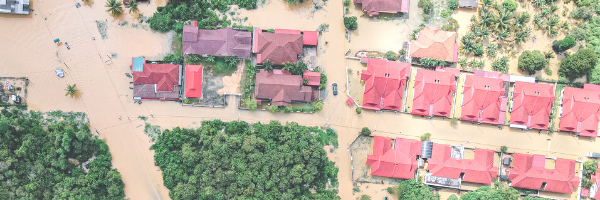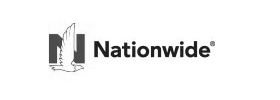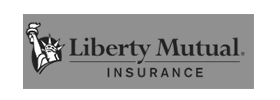
What’s Driving Auto Insurance Increases
It seems as if Covid is behind cost increases in many goods and services. For retail products, the cause appears to be a combination of supply chain issues and semi-conductor scarcity. Gas is increasing because after a year stuck at home, people are hitting the road in increasing numbers. The old law of supply and demand: in times of high demand, product costs increase.
But why car insurance? It’s not coming from Japan or China, so isn’t affected by supply chain woes. It’s no scarcer today than last year.
Why is car insurance going up?
Well, it appears that the cost of car insurance has increased over the last 10 years higher than the rate of inflation. So, …. why?
Read on the five factors causing rates to increase.
Factors Causing Increasing Claims
It should not come as a surprise that car insurance is based on history. Driver safety history (including prior accidents and traffic citations) and the cost of repair by make and model. It stands to reason: fixing (or totaling) a Porsche will be more expensive than repair of an econobox.
Bodily Injury
Over the most recent nine-year period, the number of auto claims involving bodily injury has fallen. But the average claim cost involving bodily injury increased by 32% over the same period.
One reason is that people are driving bigger and heavier cars when compared to 10 years ago. There are far more SUVs (from large 3 row SUVs seemingly larger than a time zone to compact SUVs) that are heavier and sit higher than cars. In the event of a collision, even at a relatively reduced speed increases the force of the accident, leading to skeletal and muscle injuries.
In 2020, traffic fatalities increased more than 7% over the prior year.
Call The Hammer!
Prime time TV ads no longer sell soap and laundry detergent as much as they do accident services. “In an accident? Call the Hammer”. “For the people” “Were you hurt in an accident? Get what you deserve”.
Attorneys now actively pursue auto accident business, even when the claim would seem to be somewhat phony. Once attorneys get involved, there are higher reimbursement rates for procedures and treatment.
Increased costs are then levied on all customers. What happened last year (in terms of costs) must reflect what will happen next year.
Distracted Drivers
There are simply more distractions for drivers now. Distractions from vehicle infotainment systems and mobile devices have taken drivers attention away from the road significantly increasing risk.
In a recent survey of 1,000 drivers, 77% reported making or taking calls while driving. 31% said they’ve had a near-miss crash because of distracted driving. Even with Bluetooth in the car, drivers may frequently become distracted by phone call.
Then, there is the little “ding” announcing a new message or email which…. simply….must….be….looked….at….now.
Increase of New Drivers
Commercial truck operators and increased delivery services (in both marked vans and unmarked passenger vehicles) means more commercial drivers on the road. Stuck at home, we ordered everything for delivery from Amazon, Grub Hub, restaurants, liquor stores: anything which could be delivered, we ordered. With that increase also means there are more less -experienced drivers behind the wheel.
Operators driving unfamiliar vehicles, covering new routes, and searching for addresses all contribute to increased accidents.
Vehicle Repair Costs
Autos have become much more expensive to repair. Many cars in the last 20 years adopted new engineering for increasing driver safety at the expense of repairing the car.
In even slow speed accidents, cars are designed to crumple and drop bumpers to dispel the released energy from a collision. Keeps us safer, but also increases the cost of repair. Many newer vehicles use advanced materials and technology designed to make driving more comfortable and safer.
Titanium and aluminum body parts keep the vehicle weight down, at the cost of repair.
Also, over the last year, supply chain disruptions led to scarcity of manufactured car raw materials. Which in turn led to low inventories of both new and used cars and car parts. As a result, cars require longer repair times and are in high demand pushing the cost of repair and replacement higher (there’s that supply and demand again).
What is the best method for reducing insurance?
Drive safely, avoid distractions and slow down. Make sure your younger (new) drivers are aware of the dangers of distracted driving. Any accident, or ticket will lead to increased rates.
Aspen Insurance Agency is a family-run business in Denver, CO servicing clients nationwide. We work with multiple insurance carriers to offer our customers a wide variety of risk reduction coverage at the lowest possible cost. We offer a wide range of personal, auto insurance, commercial and professional insurance to residential and commercial insurance customers enabling the cheapest rates available. Call to speak to one of our insurance advisors and see how painless insurance shopping can be.


































































